NASA says that the celebration of the images from the New Horizons spacecraft will begin only one day after the transition, to allow the spacecraft to engage only in the mission and not in transmitting images to Earth during the precious moments of the transition
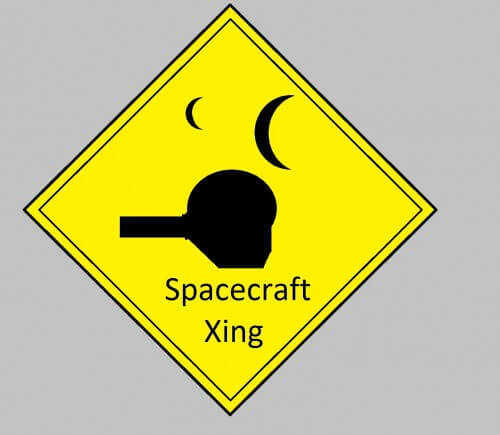
Here are dragons, says the dedication of ancient maps used by the first seafarers. These maps were crude and in many cases far from accurate.
The exact same thing can be said about our understanding of the surface of the distant planetary objects in the solar system. However, today we are determined that we are in one of the "terra incognita" labels that the ancient maps were full of when New Horizons carried out the first survey of humanity in Pluto and its moons.
The approach is expected on Tuesday, July 14 at 11:49 GMT - 14:49 Israel time, when the brave New Horizons spacecraft will be 12,600 kilometers from the surface of Pluto - at a distance of over four light hours or almost 32 astronomical units , New Horizons is now on its own and must perform its complex pirouette in the Pluto system as it travels at over 14 kilometers per second.
This means that we will hear very little of it on the day of the transition, since precious time should not be wasted pointing the antenna towards the Earth. At a transfer speed of 2 kilobits per second - roughly the speed of a dial-up modem in the nineties, it would take months to transfer all the images and all the data from the transition.
After over a decade of recycling the same blurry pictures and artist illustrations in articles, we're getting improved pictures of Pluto and Charon every day.
The history of astronomy at the beginning of the 20th century
To follow the story of Pluto, one needs to know the history of modern planetary astronomy. Pluto was discovered in 1930 by the American astronomer Clyde Tomo of the Lowell Observatory. The name Pluto was given to him by an 11-year-old girl, Ventia Barney. Bernie passed away in 2009. She stars in a short documentary called "Calling Pluto". Naming Pluto.
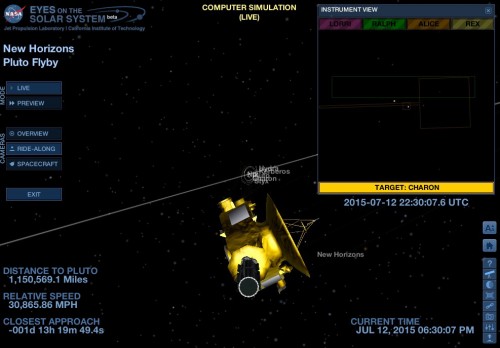
An interesting detail from recent years is that historians from the Carnegie Institution have recently discovered Pictures of Pluto on glass plates from 1925 - five years before the announcement of its discovery.
We already see signs on Pluto and Charon from the images published by NASA in the last few days such as the "heart" "doughnut" and even a "whale" on Pluto. This is in addition to cracks, craters and dark patches on Charon. The wide distribution of large craters on Pluto indicates that it is an active world. The International Astronomical Union's convention on naming new moons in the Pluto system states that they must include features related to the Roman god Pluto and stories about the underworld.
As for naming signs on Pluto and its moons, mappers have a little more flexibility. A site called Our Pluto Heritz ran a campaign in which surfers were invited to name the signs after famous scientists, world explorers and more. The proposal "world explorers and fictional ships" garnered the greatest public interest and Mr. Spock from "Star Trek" and the spaceship Serenity from the Firefly series are supposed to be the names of two Alkaron space routes, this will be a fitting tribute to the actor Leonard Nimoy the deceased who played the character of Spock. Clyde Tomo and Luntia Burney will also have a commemoration on Pluto. It is also proposed to name the next moon to be discovered after the mythological hero of the underworld Elekto, with the addition of the Greek ct' in memory of Clyde Tombaugh.
The discovery and naming of Charon in 1978 by astronomer Robert Christie created a similar precedent. Christie chose the name of the mythological spanner who rowed the river Styx (Styx - a second name later for another moon of Pluto), when he incorporated the nickname of his wife Charlene - Char. It is not clear how this slipped the International Astronomical Union.
On Wednesday, NASA will begin collecting the first data from the spacecraft, when the decoding and evaluation phase of the information will begin.
Next month, New Horizons team members will make a decision on whether to direct New Horizons to a meeting with another object in the Kuiper Belt in 2020-2019, and perhaps in the future a probe will also be built and perhaps a lander to reach Pluto, but it will still take many decades.
And more comments
Despite the pop culture context, Pluto is not named after the Disney cartoon dog character but after the Roman god of the abyss. Pluto (the dog) was not created before the end of the XNUMXs, and if it was, then it was named after the planet whose discovery caused a lot of buzz in the XNUMXs. The name Pluto, suggested by Bernie, simply contains the letters PL - the initials of the name of Percival Lovell, the founder of the observatory with which it was discovered. And we need to add in this context Pluto the dog from Kibbutz Megiddo.
More of the topic in Hayadan:
- New Horizons approaches Pluto - photographed the enigmatic dark spots
- A historic meeting
- A whale on Pluto
- Pluto - a point of light in the darkness
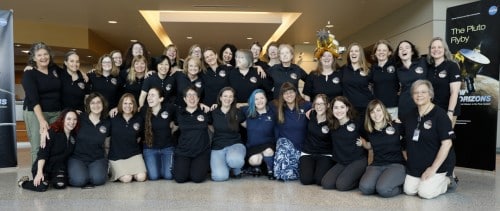
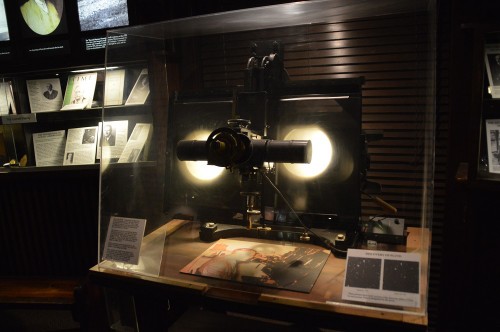
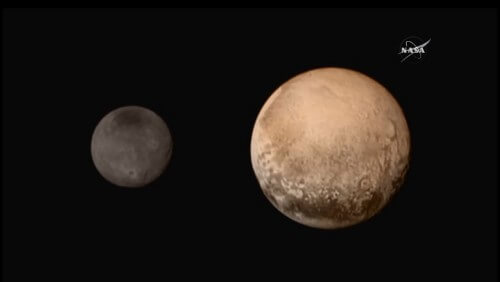

3 תגובות
Some refinements regarding the transfer of information:
When it was near Jupiter, New Horizons had a transmission rate of 38 kilobits per second.
Now that it's close to Pluto, the rate is about 2 kilobits per second.
No less important than the rate is the delay time (Latency. That is, the time it takes for the information to reach us from the spacecraft). Because of the great distance of the spacecraft from the Earth, we will get a long delay time:
The spacecraft is currently about 31.9 astronomical units from ESA, we will divide this by the speed of light and we will get that the delay time is about 4 hours and 25 minutes (and this is only in one direction of communication).
In conclusion, the first bits of information from the spacecraft are expected to arrive tomorrow.
The transfer of all information from the meeting with Pluto is expected to be completed only around October-December 2016.
(The meeting itself is expected to end in January 2016.)
All the information is from the mission's official website (linked in my response).